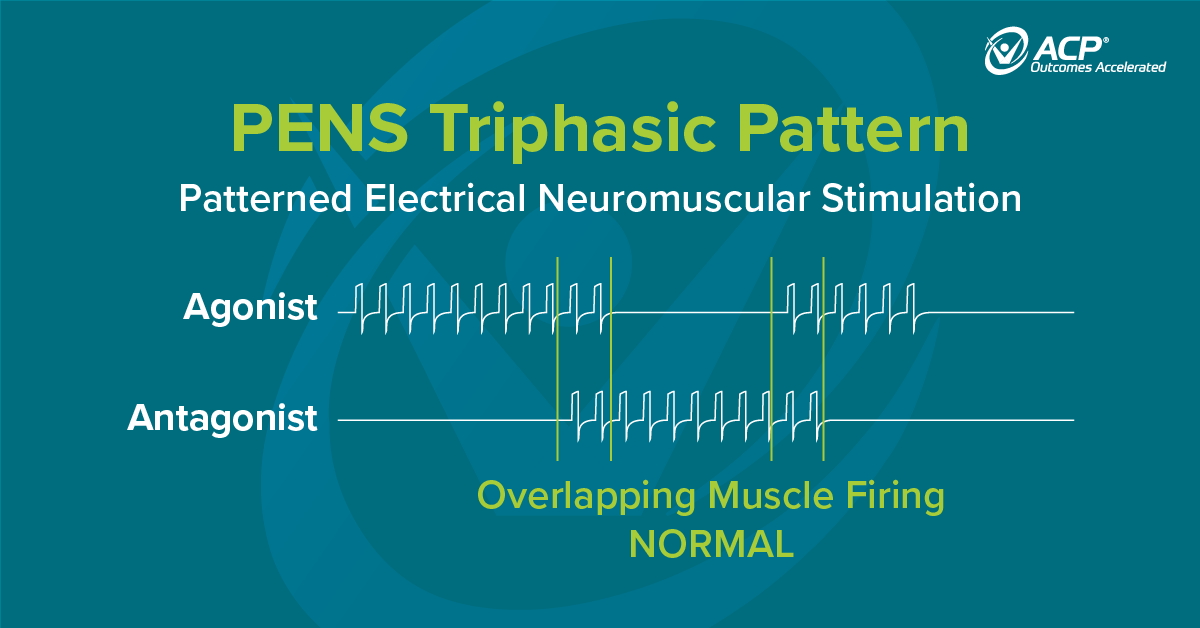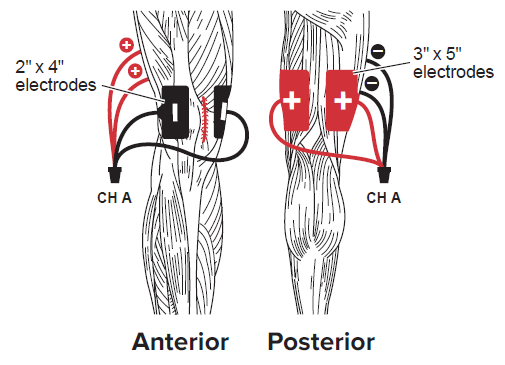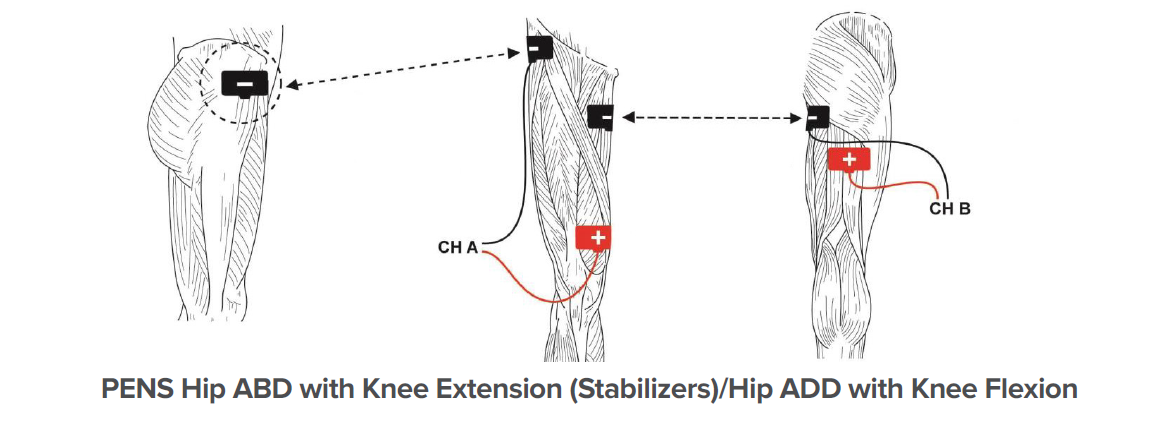Two recent studies show that ACP’s proprietary PENS waveform technology is effective in treating patellofemoral pain (PFP) and improving muscle function during movement.
New evidence shows Patterned Electrical Neuromuscular Stimulation (PENS) effective in reducing knee pain and improving function
Topics: Pain Management, Orthopedic
Over the past several years, the body of evidence on the effectiveness of virtual reality (VR) in rehabilitation has significantly expanded. VR has been studied for a variety of diagnoses including stroke, Parkinson’s disease, multiple sclerosis, dementia, burns, pain, and total knee arthroplasty. VR helps enhance patient involvement and motivation while increasing the repetitions and duration of exercise. Benefits addressing ADL performance, balance, gait, pain, and cognition have been reported.
Topics: Fall Prevention & Balance, Pain Management, Clinical Tip, Cardiopulmonary, Orthopedic, Neuro Rehab
Range of motion (ROM) deficits may affect an individual’s ability to move, care for themselves, or perform typical daily activities including self-feeding, walking, and dressing. Decreased ROM is a common deficit addressed regularly by rehab professionals in all settings. Contractures arise from shortened muscle or other joint structure restrictions, leading to reduction in mobility and deformity with resultant reduced function.
• Prevalence of contractures in nursing homes is estimated at 55% with significant functional and medical consequences. (Offenbächer, 2014)
• Patients who are immobilized for a prolonged period are at risk of developing joint contractures, which often affect functional outcomes. (Born, 2017)
Topics: Clinical Tip, Orthopedic, Neuro Rehab
Improving Range of Motion of the Hand for Ability to Self-Feed Using Patterned Electrical Stimulation and Exercise
Patient Information: Male, Age 94
Diagnosis: Chronic Kidney Disease / Generalized Weakness
History: Following hospitalization related to chronic kidney disease, this gentleman, a long-term skilled nursing facility resident, was referred to occupational therapy to address severely decreased range of motion (ROM) in his right hand which limited his ability to feed himself. Prior to the hospitalization, he was able to feed himself independently.
Topics: Patient Success Story, Orthopedic, Neuro Rehab
Proper trunk positioning is an essential component of optimal aerobic capacity training. Poor positioning of the head, neck, shoulders, trunk, and pelvis during aerobic exercise may compromise an individual’s ability to reach optimal functional outcomes.
Topics: Clinical Tip, Cardiopulmonary, Orthopedic
60 Years of Evidence Based Practice: Ultrasound Application, Parameters, and Dosimetry
Gersten’s 1955 article on the effect of ultrasound on tendon extensibility began six decades of continuous published research, which has demonstrated the tried and true benefits of ultrasound. 1 These benefits include pain reduction, a high degree of patient comfort and acceptability, increased cellular microcirculation, relaxation of trigger points and improved collagen extensibility. All of these physiological benefits are dependent on proper dosage and application technique. Ultrasound can provide both mechanical and thermal effects. An effective, skilled ultrasound treatment requires the use of high-quality ultrasound equipment, evidence-based patient-specific parameters, the appropriate treatment area, proper transducer movement speed, and optimal incorporation of the treatment with other therapy procedures.
Topics: Pain Management, Clinical Tip, Orthopedic
Biophysical Agent Options to Reduce Edema In Subacute Rehab
Topics: Pain Management, Clinical Tip, Orthopedic
Shoulder Rehabilitation Using Isometrics and Biophysical Agents
Shoulder range of motion, strength, and function are vital to self-care and everyday activities such as dressing, bathing, lifting and carrying items, and putting away groceries. With advanced age individuals may experience a variety of shoulder impairments including arthritis, rotator cuff tears, impingement, and fractures. These issues can result in pain, decreased motion, impaired strength, and reduced function.
Topics: Pain Management, Clinical Tip, Orthopedic
Improved Functional Mobility After Below Knee Amputation Using Subthermal Diathermy, Electrical Stimulation, and Exercise
Patient Information: Male, Age 50
Diagnosis: Below Knee Amputation
History: This gentleman was referred to a skilled nursing facility for physical and occupational therapy services after hospitalization due to a non-healing diabetic ulcer on the right foot resulting in a below the knee amputation. Prior to the amputation, he lived at home and was independent with walking and driving.
Topics: Fall Prevention & Balance, Patient Success Story, Orthopedic
Treating Hip External Rotators and Abductors to Improve Function
Topics: Clinical Tip, Orthopedic







